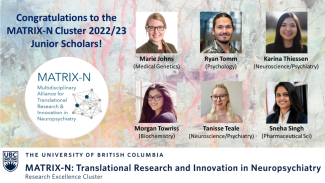
The MATRIX-N cluster recently launched its Junior Scholars program. In line with the cluster’s strong commitment to advancing equity, diversity, and inclusion (EDI) and to attracting and fostering outstanding talents, these paid positions were specifically targeted to applicants from equity-seeking groups. With matching funds from the Djavad Mowafaghian Centre for Brain Health (DMCBH) and a doubling in the initial budget, this program was able to fund six MATRIX-N Junior Scholars for 2022/23.
Working closely with the cluster coordinator and faculty leads, the six Junior Scholars will support MATRIX-N activities (such as science communication, project management and drug development) and help advance translational research and innovation in neuropsychiatry at UBC and beyond.
Meet the scholars:
Karina Thiessen
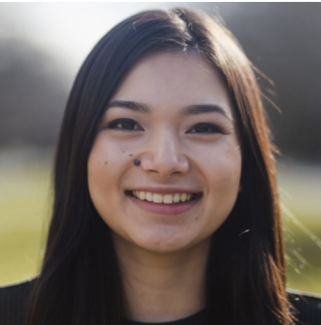
Karina is currently a Neuroscience PhD student in Dr. Christian Schütz’s B.R.A.I.N. Lab. Before pursuing graduate studies, she completed a Bachelor of Arts in Psychology and a Bachelor of Education. Broadly, the focus of her research is risk factors and treatment of substance use and mental health disorders. More specifically, she is examining associations between substance use and psychoneuroimmunological mechanisms to evaluate how these factors might predict risk and treatment for substance use and mental health disorders. She is currently working on a human drug administration trial to experimentally assess the effects of cannabis on stress response in individuals that frequently use cannabis and alcohol. Her work applies techniques such as functional Magnetic Resonance Imaging (fMRI), immunoassays, cognitive testing, and subjective reports to examine these effects. Karina also serves on the UBC Neuroscience Graduate Program Equity, Diversity, and Inclusion committee and contributes to an online knowledge hub for concurrent mental health and substance use disorders. When she’s not doing research, she loves cooking, playing guitar, biking, and hiking!
Marie Johns
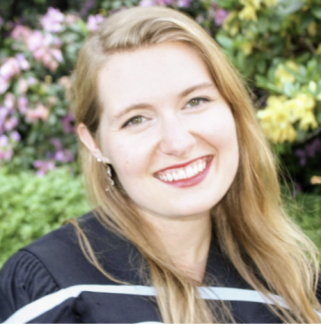
Marie is an MSc student in the Medical Genetics program who plans to fast-track to the PhD program by the end of her second year. She grew up in Fairfield, Connecticut, USA, and moved to Vancouver in 2014 for her BSc in Biology and Behavioural Neuroscience at UBC. Her thesis project in Dr. Wilfred Jefferies’ lab involves modeling substance use and psilocybin therapy in neural organoids (‘mini-brains”), but she is also involved in various Alzheimer’s disease studies. She is passionate about knowledge translation and representation in STEM, aspiring to demonstrate that success in academia is achievable despite one’s gender, sexuality, or neurodiversity. She volunteers for several clubs and committees around UBC, including the Interdisciplinary Graduate Student Network (iGSN) where she is Editor-in-Chief of Ideas, Numbers, Knowledge (INK) Journal. Outside of the lab, Marie enjoys outdoor activities including hiking, camping, cycling, and snowboarding. Ask her about video games, fantasy novels, or her foster rabbits, Nugget and Muffin!
Morgan Towriss
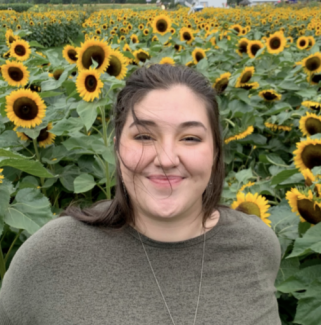
Morgan is a proud Ts’msyen woman and molecular neuroscientist. She is currently completing her PhD degree at UBC in Biochemistry and Molecular Biology in the Ciernia and MacVicar Labs. Her research focuses on neuroimmunology and gene regulation in the context of neurodegenerative disease with the intention of translating the research to developing novel therapeutics for diseases like Alzheimer’s and Parkinson’s. Apart from her lab work, she is passionate about equity, diversity, and inclusion efforts both within and outside of the university. As a person with lived experience of mental illness, advocating for patient-focused practice within the mental health space is important to her. She had the opportunity to collaborate on a project focused on co-production of mental health resources with peer researchers, which allowed her to directly explore patient-focused research. Her experience led her to joining the MATRIX-N team to help facilitate translational and patient-focused research.
Ryan Tomm
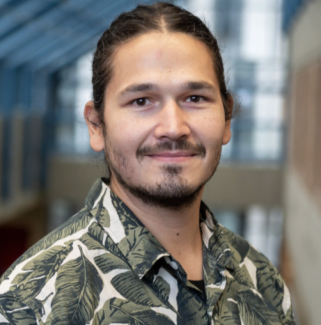
Ryan is a PhD candidate in Dr. Rebecca Todd’s Motivated Cognition Lab in the Department of Psychology. He seeks to improve translational research by working closely with researchers and clinicians across a variety of disciplines, including Psychiatry, Behavioural Neuroscience, Cognitive Psychology, and Clinical Psychology. His Master’s research was completed in a behavioural neuroscience lab using rodent models, where he assessed how local steroid synthesis in cortico-striatal circuits regulate behavioural flexibility. Currently, Ryan’s PhD research seeks to understand how unique patterns of avoidance and reward-seeking behaviours in humans may help uncover subtypes of depression and anxiety disorders, with a focus on their comorbidities. Ryan also has a passion to inspire Indigenous youth to pursue a career in science research. As a three-time recipient of NSERC’s Indigenous Student Ambassador’s award, he has traveled to communities all over British Columbia to host science workshops for hundreds of Indigenous youth.
Sneha Singh
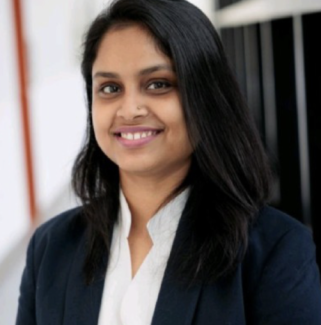
Sneha is a PhD candidate in Dr. Ujendra Kumar‘s Lab at the Faculty of Pharmaceutical Sciences. Prior to UBC, she completed a MSc in Pharmaceutical Sciences (major in Pharmacology) from Mumbai University in India. Her current research focuses on studying neurogenesis and anterograde translocation of synaptophysin to neurites in Alzheimer’s disease models. In addition, she studies the role of Somatostatin (an inhibitory growth hormone peptide) in potentiating the differentiation process in human SH-SY5Y cells and iPSCs. She is also working to delineate the cross-talk between Somatostatin and Dopamine receptors in neurogenesis. Besides exploring her research interests, to broaden her horizons in extracurricular activities, she has been trained in the classical Indian dance form called Kathak for over 16 years and even holds an official degree in it. The dance form is unique as the weight of the body is equally distributed along the horizontal and vertical axis. The Kathakars communicate stories through rhythmic foot movements, hand gestures, facial expressions, and eye work. She also enjoys hiking, cooking, and reading autobiographies.
Tanisse Teale
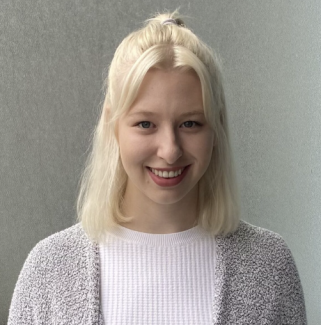
Tanisse is a Neuroscience Master’s student in the Behavioural Reward Affect + Impulsivity Neuroscience (B.R.A.I.N.) Lab, under the supervision of Dr. Christian Schütz. She completed her Bachelor of Science in Honours Neuroscience and Mental Health at Carleton University in 2021 and was awarded a Senate Medal for outstanding academic achievements. Tanisse’s research interests include understanding the neural underpinnings of addiction through neural markers. Her Master’s thesis involves measuring craving through EEG event-related potentials and seeing how this changes over the course of treatment in a population of in-patients with severe mental health and substance use disorders. Tanisse’s work also includes initiating and integrating patient-oriented research within the B.R.A.I.N. lab. This desire for involving and prioritizing the experiences and perspectives of those with lived and living experiences is a priority in Tanisse’s research and stems from her own lived experience with addiction and mental health. She can often be found walking her Pug/Pomeranian named Basil, reading a book, and FaceTiming her husband and family, all of which are her favourite ways to destress after a long day.